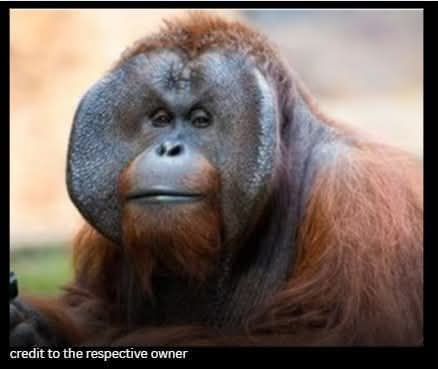He escaped not once, not twice, but three times—and then casually strolled through the zoo as if he owned it. In the mid-1980s, a Bornean orangutan named Ken Allen became an unlikely celebrity at the San Diego Zoo due to his clever and repeated escapes that baffled staff and captivated the public. Nicknamed “The Hairy Houdini,” Ken was no ordinary primate. His intelligence, patience, and curiosity made him a global symbol of animal cleverness.
Born on February 13, 1971, Ken made headlines in 1985 with three major escapes from his enclosure on June 13, July 29, and August 13. What made his escapes legendary wasn’t just how he managed them, but what he did afterward. Ken didn’t run away or cause chaos. Instead, he calmly wandered the zoo, visiting other animals and observing human visitors with what many described as thoughtful amusement. Then, almost politely, he returned to his own habitat.
The San Diego Zoo was stunned. They spent over $40,000 on security upgrades, including bringing in professional rock climbers to inspect the enclosure and installing electric fences. Still, Ken kept outsmarting every barrier. In a particularly memorable moment, he was seen throwing rocks at a fellow orangutan named Otis—showcasing clear social dynamics and emotional intelligence.
Ken Allen’s legacy goes far beyond his daring escapes. He revealed the cognitive abilities of orangutans, encouraging deeper discussions about animal intelligence, enrichment, and ethical zoo design. His fame even inspired bumper stickers that read “Free Ken Allen” and earned him a devoted fan base.
To this day, Ken Allen remains one of the most famous escape artists in zoological history. He wasn’t just breaking out—he was exploring, observing, and showing us that the line between human and animal intelligence may be thinner than we think.
